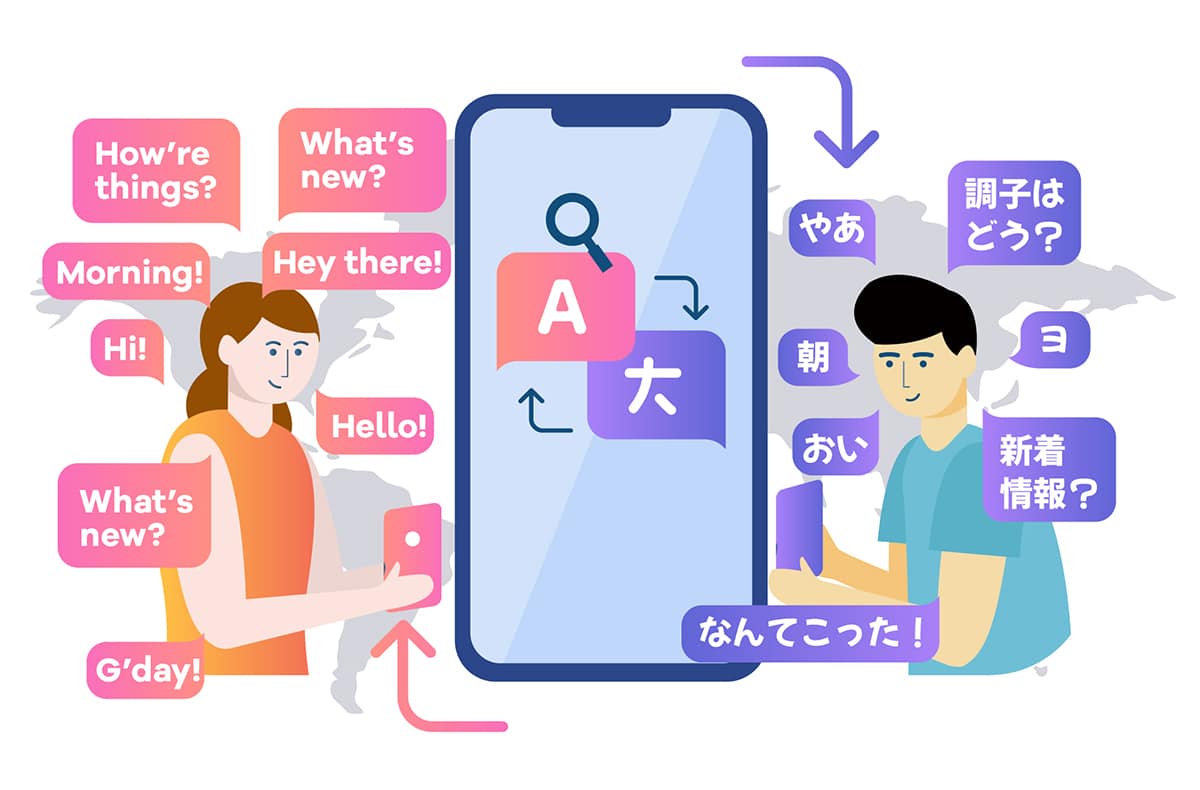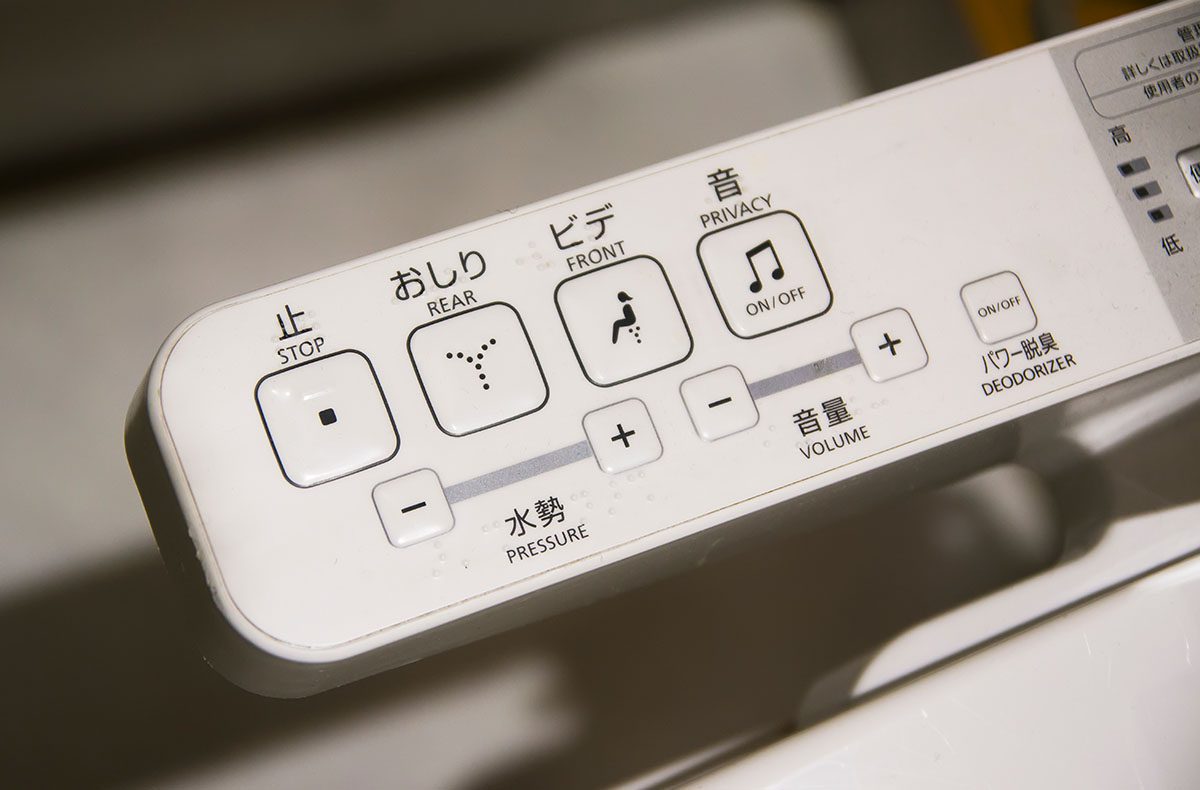
One of my secret vices is watching 90 Day Fiancé, the American reality TV show that follows the lives of various international couples who have either applied for or received the K-1 visa. For those without intricate knowledge of the American immigration system, the K-1 is a visa that permits the foreign fiancé(e) of a US citizen to travel to the country and get married within a 90-day period. If that sounds like a recipe for disaster, then you are probably right. While some of the stars of the show seem genuine, others seem more attracted to their partner’s bank balance and citizenship than their looks and sparkling personality.
As a person with a professional interest in language and linguistics, and a personal interest in international marriage, the thing that fascinates me the most about these couples is how they navigate the language barrier. Or not, in many cases. In fact, some of the participants in this show have actually married someone they have only ever communicated with via a translation machine. Now, technology is pretty advanced. We have developed rockets that send us to the moon. We have built robots that perform delicate surgical operations. The mobile devices we have in our pockets contain artificial intelligence able to recognize any human face. Unfortunately, we still haven’t managed to build a machine that reliably translates between human languages, and I very much doubt we will — at least not in my lifetime.
Admittedly, a translation machine or software can be handy when translating between two languages that share a relatively recent common ancestor, such as English and Spanish. If you keep the language simple and avoid using too many idiomatic expressions, you can probably just about get by. However, the further you move away from English linguistically — and culturally — the less accurate the translations are likely to be. That’s because words do not match up exactly between languages, and a single word often has multiple meanings. Take the Japanese word “wagamama,” as an example. You may be familiar with this word as the name of a popular Asian restaurant chain. The word “wagamama” is often translated to “selfish,” which would be quite an odd name for a restaurant. However, an alternative translation is “self-indulgent,” which starts to make a little more sense when you apply it to the idea of indulging yourself with good food.
Also, different languages have different characteristics that make it trickny for a machine to deal with. Japanese is a language that can be both ruthlessly efficient and unnecessarily wordy — both qualities that make it almost impossible for a machine to fill in the gaps and ignore the linguistic noise. If the subject and object of a sentence can be inferred by context, you can cut them out completely, leaving just a verb or adjective. The verb “iku” (to go) in Japanese can be used as a complete sentence, but you need a human — not a machine — to work out whether you mean “Are you going now?”, “Shall we go?”, “Right, I’m going!”, or “You’re not seriously going?!”
Not only do machines have trouble choosing between word meanings based on context, it is also impossible for them to interpret tone. A native English speaker will notice the sarcasm I employed in the last sentence of paragraph one in this article, but a machine will take my words at face value. In addition, different cultures use different ways of speaking, and this applies not only to different language groups but also between different cultures that speak the same language. This can be the source of some major misunderstandings. The English are known for using understatement much more than Americans, and probably the most famous example of this occurred during the Korean War. A British Brigadier, with his men outnumbered and surrounded by Chinese Communist infantry, reported to his American superior with classic British understatement that “things are a bit sticky.” A fellow Brit would have immediately understood that he was in deep trouble. The American General, however, interpreted it as “things are a bit rough but we’re doing ok,” and decided against sending reinforcements or withdrawing the men. This cultural mistranslation resulted in one of the most infamous — and unnecessary — battles of the Korean War.
If humans speaking the same language have difficulty interpreting meaning, then you certainly don’t want to leave big decisions in the hands of a translation machine. You either need to become, or hire, a human who can skillfully navigate linguistic and cultural differences and bridge the gaps. This applies not only to the 90 Day Fiancé cast, but also to international business people. If you want to do business in Japan, for example, you need to expect not to hear direct agreement or refusal when you make a proposal, but fairly ambiguous-sounding responses. Instead of “no,” you’ll be told, “that’s a little difficult,” or “we’ll get back to you when we’ve considered it further.” In this case, “a little difficult” is a synonym for “impossible”. When you spend time in Japan, you need to become able to “read the air,” a direct translation of the Japanese expression “kuuki wo yomu.” This means you have to become attuned to the feelings of others — feelings that are expressed not only though what is said, but what is left unsaid. If you can’t do this, you’ll be described as “KY”, or “kuuki yomenai” — a person who can’t read the room.
In short, a translation machine or software cannot replicate a human’s ability to develop deep cross-cultural understanding or “read the air.” It will never replace a human’s expertise in interpreting meaning from context and separating the linguistic wheat from the chaff. There are some things that only the human brain can do and one of them is translating between languages. If you get the chance, learn a language. You will never regret it — whether you need it for love, war, or business.



